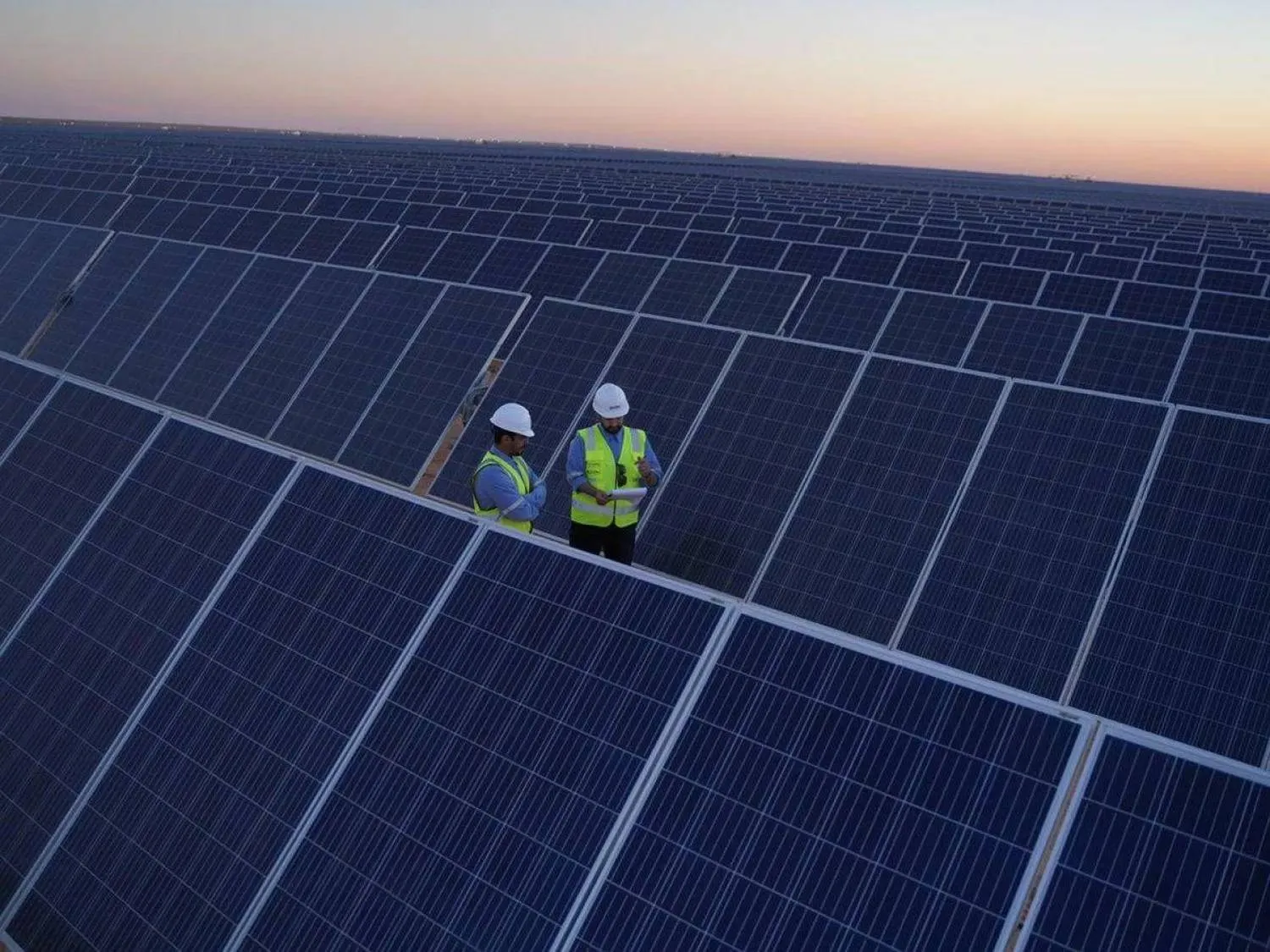Saudi Arabia’s civil aviation sector is playing a crucial role in driving the Kingdom’s economic growth, contributing $53 billion to the Gross Domestic Product (GDP), according to the Saudi General Authority of Civil Aviation (GACA).
This data was revealed in the inaugural 2024 State of Aviation Report, which GACA will launch at the Future Aviation Forum, detailing the contribution of the aviation sector to Saudi Arabia’s economic development and Vision 2030 transformation program.
The forum, held under the patronage of King Salman bin Abdulaziz, will take place from May 20-22 in Riyadh.
Transport Minister and Chairman of GACA Saleh Al-Jasser emphasized the significant strides made by Saudi Arabia’s aviation sector in international metrics, aligning with the transformative goals of Vision 2030 and the National Transport and Logistics Strategy.
These advancements offer unprecedented opportunities in the aviation sector.
The report, developed by GACA in line with its strategic regulatory mandate, highlights that the Saudi aviation sector contributes $20.8 billion through aviation-related activities, enabling a further estimated $32.2 billion in tourism economic activity.
Moreover, aviation supports 241,000 jobs, and a further estimated 717,000 jobs in the tourism sector.
The report also captures the transformation of Saudi aviation, with Saudi Arabia outperforming global aviation sector growth rates in 2023 – achieving 123% of international pre-pandemic seat capacity compared with a global and regional average recovery rate of 90% and 95% respectively, with 2023 growth amounting to 26% as total passenger volumes reached 111.7 million.
Hosted by GACA under the patronage of the Custodian of the Two Holy Mosques King Salman, the Future Aviation Forum will showcase investment opportunities exceeding $100 billion, aimed at realizing Vision 2030 objectives to position Saudi Arabia as a leading logistics hub in the Middle East.
This includes $50 billion in airport investments and nearly $40 billion in new aircraft orders, with the remaining $10 billion allocated to various projects, including $5 billion for logistics zones at major airports in Riyadh, Jeddah, and Dammam.
The event will convene more than 5,000 aviation experts and leaders from more than 100 countries to shape the future of aviation, including executives from international carriers, all major global manufacturers, airport executives, industry leaders and regulators.









